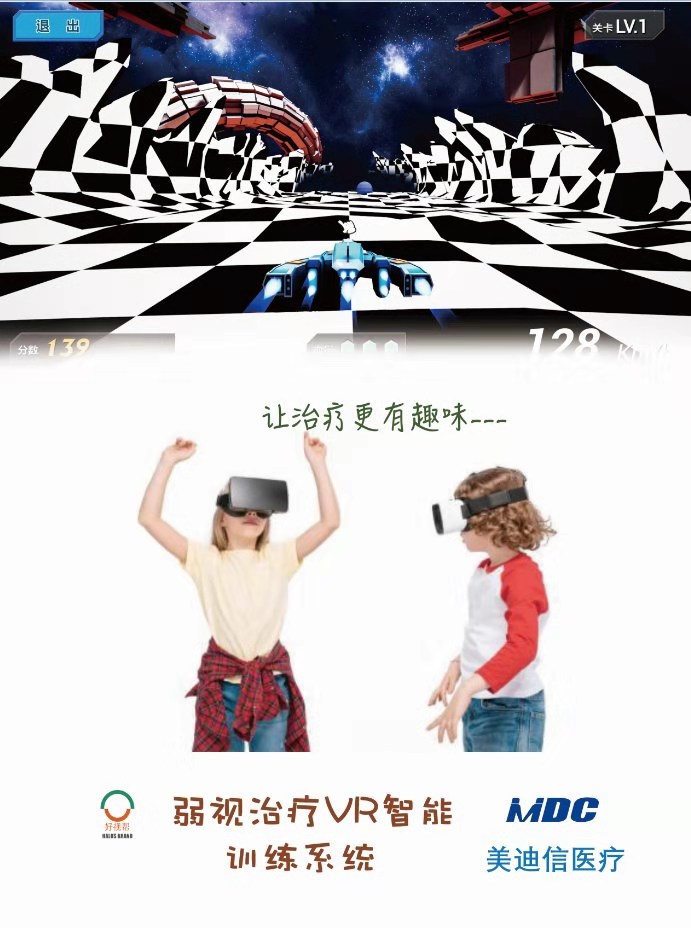Visual brain perception training is to find some defects in children's visual transmission channel and central information processing through a series of visual function tests, such as visual information processing and utilization ability, visual contour and spatial relationship ability, visual discrimination, visual direction and spatial positioning ability, hand eye coordination ability, visual local perception ability, visual memory ability Binocular coordination ability, visual focus, eye movement, visual morphology and sequential memory ability, formulate training programs for different visual defects, gradually repair the defects in visual transmission channel and information processing, and finally improve vision and visual function, so as to achieve the effect of curing amblyopia. Generally speaking, mild to moderate amblyopia needs 1-2 courses of treatment, and severe amblyopia needs 3-4 courses of treatment.
Visual activities are completed by the eyes and brain. Complete visual activities include: external objects form a clear image in the macular region of the retina of both eyes through the transparent refractive stroma. The neural sensory cells of the retina convert image stimuli into nerve point impulses, and then transfer them step by step along the neural pathway to the lateral geniculate body and various functional areas of the visual center of the brain. After receiving nerve impulses, each functional area of the visual center completes a series of processing of complex visual information according to their respective division of labor and mutual connection, decodes, translates and restores the corresponding nerve impulses into complete visual images, and finally forms visual cognition.

